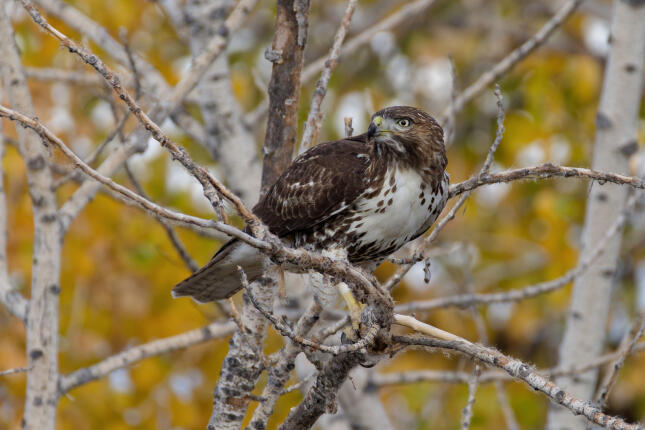NOVEMBER WINGS | TRANSITIONS & CITIZEN SCIENCE

Red-tailed Hawk. Photo by PD.
November brings a quiet kind of beauty to the Rio Grande Valley. As cooler air settles in and migration slows, there’s still plenty of bird activity to enjoy in our backyards and open spaces. Sandhill Cranes return with their elegant flight and gentle, rolling calls, signaling the change of season. It’s also the perfect time to take part in citizen science projects from your own backyard and observe how local birds adapt to the shorter days of winter.
Project FeederWatch
Project FeederWatch is a winter-long citizen science project that invites bird lovers to count the birds visiting their feeders and share their observations with scientists at the Cornell Lab of Ornithology. Running from November through April, the program helps track bird population trends, movements, and changes across North America. It’s a fun and meaningful way to learn more about your backyard birds while contributing valuable data that supports bird conservation. Whether you’re a seasoned birder or a beginner, FeederWatch turns your bird watching hobby into real science. It's one of 7 Simple Actions you can take to help Save the Song Birds. Join FeederWatch here.
Bird Transitions in ABQ
Many of our summer visitors have journeyed south, making way for winter residents and migrants passing through. Flocks of Sandhill Cranes and Snow Geese are filling the skies and fields with their calls, announcing that winter is near. Northern Harriers glide low over fields at places like Los Poblanos Open Space, while Red-tailed Hawks perch along roadsides, scanning for prey in the golden light. Isn't this a beautiful rhythm?
In neighborhoods and backyards watch for familiar friends like Dark-eyed Juncos, White-crowned Sparrows, and Ruby-crowned Kinglets. These beauties arrive to spend the cooler months with us. Keep feeders stocked with high-energy foods like sunflower chips, suet, and peanuts to help these birds stay warm and active through chilly nights. November is also a great time to watch for mixed flocks of Western Bluebirds, Townsend’s Solitaires, and Yellow-rumped Warblers moving through open areas and juniper stands.
Feed the Birds
As temperatures drop, birds need extra energy to stay warm and active. Offering high-fat and high-protein foods can make a big difference. Fill feeders with suet, sunflower seeds, peanuts, and Bark Butter® Bits which provide essential calories for cold-weather survival. Nyjer® seed attracts finches, while blends with nuts and fruit appeal to woodpeckers, nuthatches, and jays. Keeping feeders clean and full, along with providing fresh, unfrozen water, helps backyard birds thrive through the winter months. We have heated bird baths and accessories to provide fresh open water for your birds.
Even as the days grow shorter and the air turns crisp, our desert landscape is still alive with color and sound. Take a moment to slow down, listen for calls, watch for movement, and enjoy the rhythm of the season. Grab your binoculars, pour a warm drink, and step outside. Late fall in Albuquerque is a beautiful reminder that the joy of birding never really ends.
PD St Clair, WBU Staff Member

